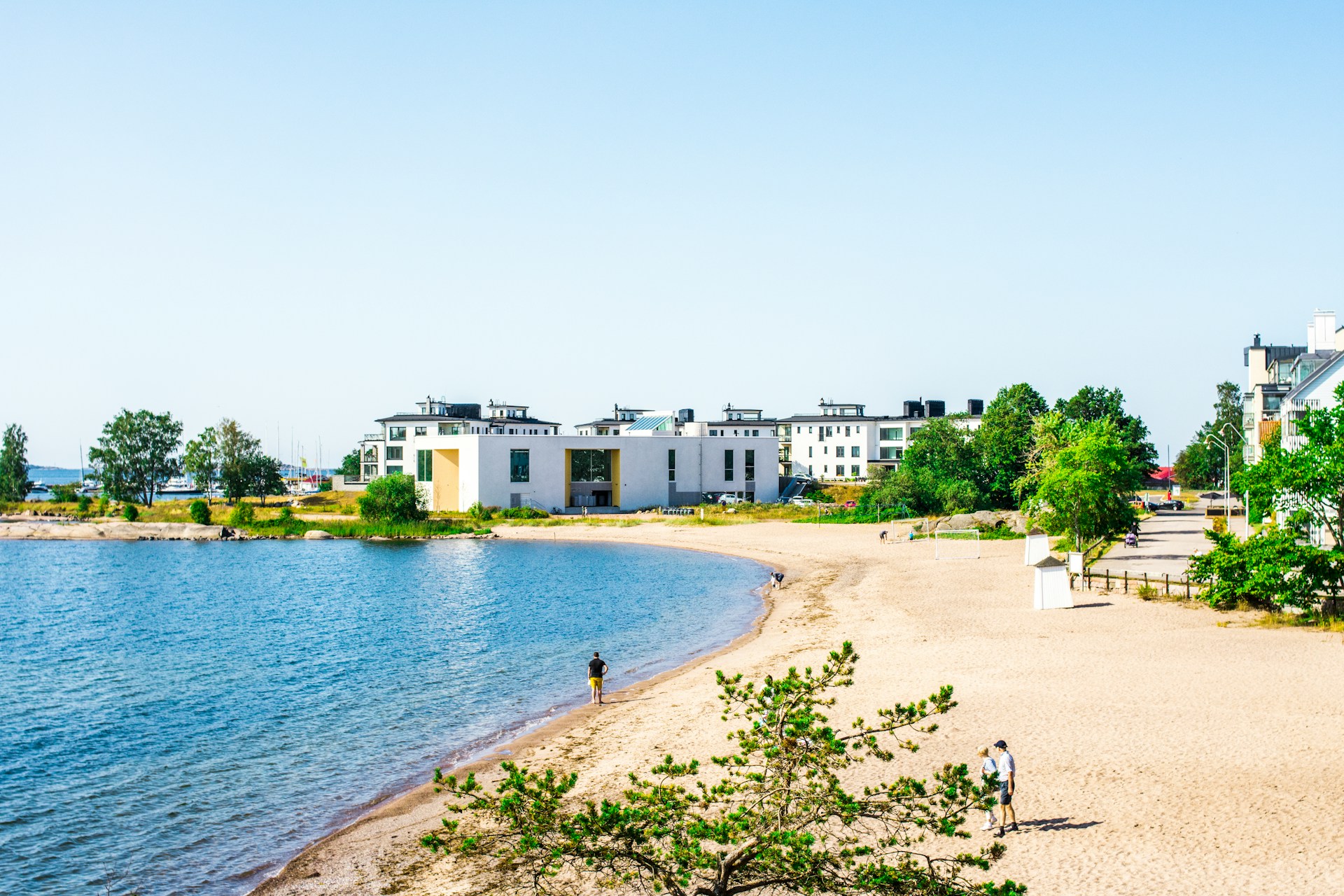Tourist accommodation in local hotels: figures exceed 2.9 billion overnight stays
The year 2000 was a period of significant recovery for the tourism sector in the European Union after the effects of the COVID-19 pandemic. The total number of nights spent by tourists in European hotels during this period was 2.92 billion. In comparison, travellers spent 2.87 billion nights in local hotels in 2019.
The last period’s figures were 6. 3% higher than the 2022 results, mainly due to foreigners:
– 146 million foreigners stayed in EU hotels;
– 25 million domestic tourists registered.
Tourism levels 2023 were 25% higher than in 2013 (in terms of nights spent).
Overview of the tourism sector by country
Overall, all EU countries recorded an increase in tourist activity. The exception was Luxembourg, where the number of travellers fell slightly by 0.1%. The industry has been actively evolving:
– Cyprus and Malta, where the tourism sector grew by 20%;
– in 8% of countries, where travellers increased by 10%. Among them are Austria, Latvia, Portugal and others.
Germany led the way in terms of numbers. Guests spent 32.8 million more nights in local tourism establishments than in 2022. Spain came second with an increase of 32.3 million overnight stays.

Dynamic development of the tourism sector
In 2022, the European Union had almost 29 million beds in 620 thousand tourist establishments. We are talking about hotels and inns, campsites, and caravan parks. Even then, the sector, which fell during the pandemic, has started recovering strongly. The number of beds and breakfasts has increased by 3% since 2020, and hotels have increased by 4%.
France and Spain have been among the most popular destinations for tourism investment. These countries account for more than 30% of new supply in the hotel sector. In second place are Spain and Germany, with an indicator of 13% of the total number of objects.
Holidays in the European Union attract guests from different countries. Travellers from North and South America, Asia and Africa actively visited the region.
When assessing the dynamics of accommodation in the EU, it is also essential to consider the increased activity related to short-term rentals. Growth in holiday destinations has been particularly strong in the high season. In Spain, for example, short-term rentals are more popular than long-term rentals. In 2014, seasonal rentals accounted for 11% of the total market. At the same time, supply increased by 58%, while the long-term rental sector decreased by 15%.
